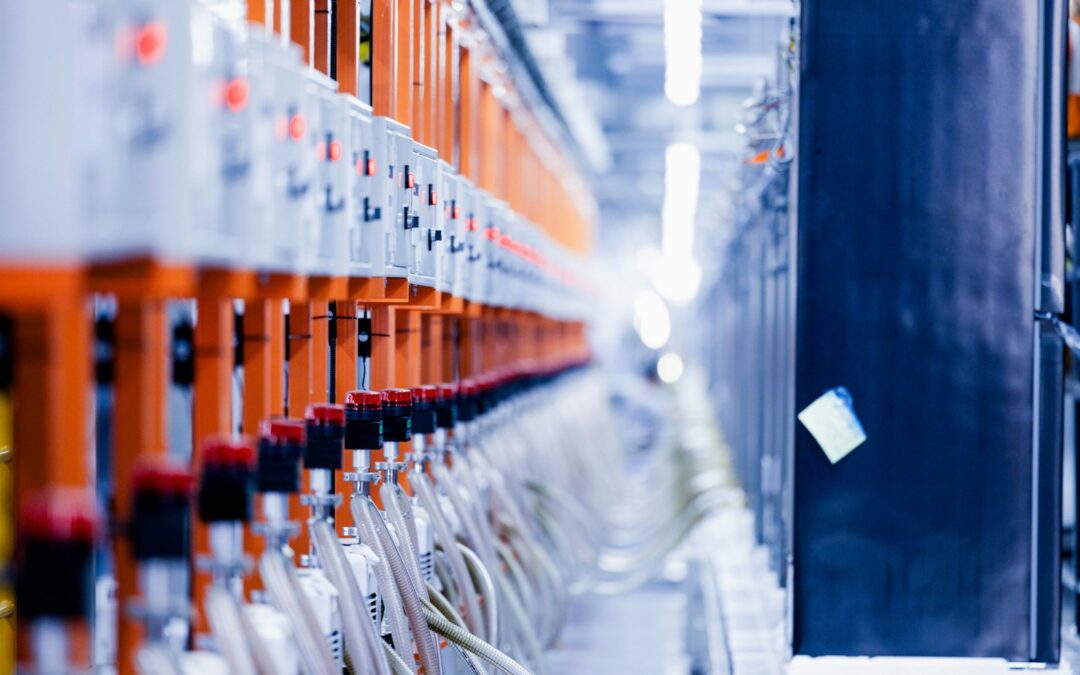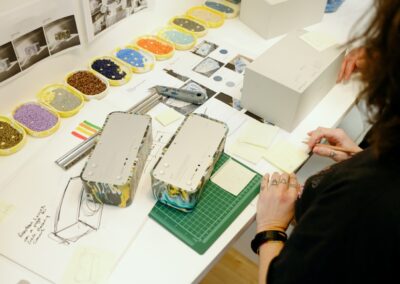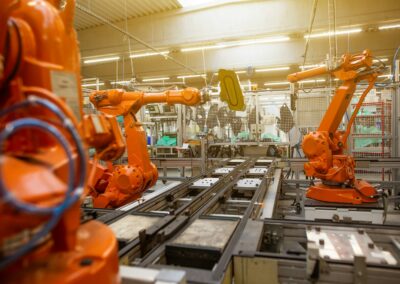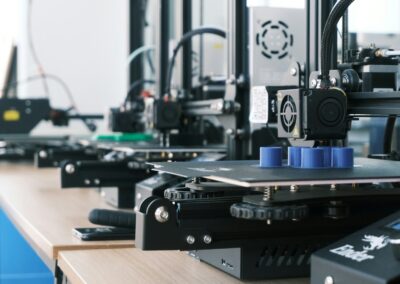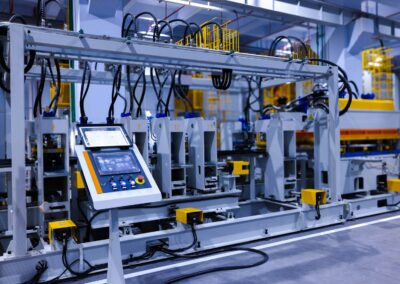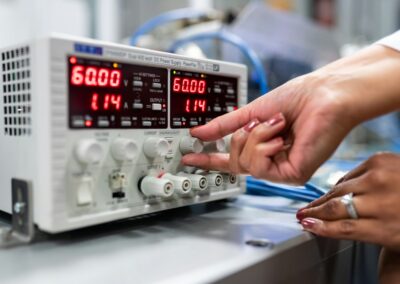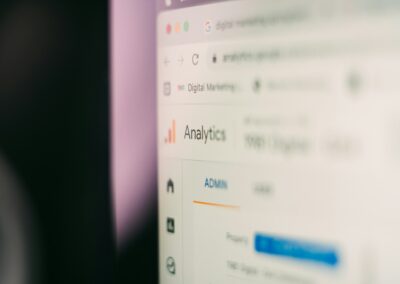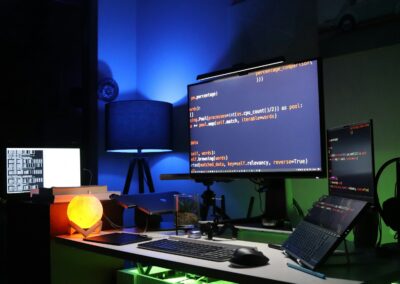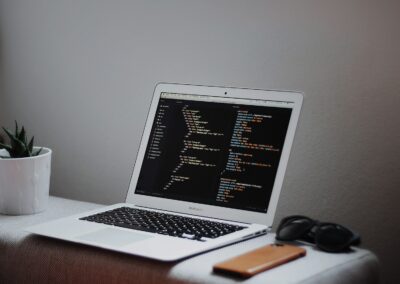Ensuring Safety in the Age of Digital Twins
Introduction to Securing Digital Twins in Manufacturing
In the evolving landscape of modern manufacturing, securing digital twins in manufacturing has become a paramount concern. Digital twins—virtual replicas of physical assets and systems—offer transformative benefits by enhancing real-time monitoring, predictive maintenance, and process optimization. However, the integration of these advanced models into manufacturing processes introduces critical security considerations that must be addressed to protect data and systems effectively.
Digital twins rely on vast amounts of data collected from sensors, IoT devices, and other sources to create and maintain accurate virtual models. This data is crucial for ensuring the functionality and accuracy of the digital twins but also poses significant security risks. Unauthorized access, data breaches, and cyber-attacks can compromise the integrity of the digital twin models, leading to potential operational disruptions and financial losses.
To mitigate these risks, manufacturers must implement robust security measures that encompass both physical and cyber aspects of their digital twin systems. By addressing these security considerations proactively, businesses can safeguard their digital twins and ensure that their manufacturing operations remain secure and resilient in the face of emerging threats.
Key Security Measures for Protecting Digital Twins
Securing digital twins in manufacturing involves several critical measures designed to protect data and systems from various security threats. One of the primary measures is the implementation of advanced cybersecurity protocols. This includes using encryption to safeguard data both in transit and at rest. Encryption ensures that sensitive information related to digital twins is protected from unauthorized access and tampering, maintaining the confidentiality and integrity of the data.
Another essential security measure is the deployment of robust authentication and access control systems. This involves setting up multi-factor authentication (MFA) and role-based access controls to ensure that only authorized personnel can access and modify digital twin data. By restricting access to sensitive information and functionalities, manufacturers can reduce the risk of insider threats and unauthorized interference with their digital twins.
Regular security audits and vulnerability assessments are also crucial for identifying and addressing potential weaknesses in the digital twin systems. These audits help in uncovering vulnerabilities and implementing necessary patches or updates to enhance the overall security posture. By staying vigilant and continuously monitoring the security landscape, manufacturers can proactively address emerging threats and safeguard their digital twin systems effectively.
Integrating Blockchain for Enhanced Security
Incorporating blockchain technology into securing digital twins in manufacturing can provide an additional layer of security by enhancing data integrity and traceability. Blockchain’s decentralized and immutable nature makes it an ideal solution for protecting digital twin data from tampering and unauthorized modifications. Each transaction or update related to the digital twin is recorded on a blockchain ledger, creating a transparent and verifiable history of changes.
Blockchain can also facilitate secure data sharing and collaboration between different stakeholders involved in the manufacturing process. By using smart contracts, manufacturers can automate and enforce security policies, ensuring that data sharing occurs only under predefined conditions and with authorized parties. This reduces the risk of data breaches and enhances trust among collaborators.
Moreover, blockchain’s ability to provide a tamper-proof audit trail can be invaluable for compliance with regulatory standards and industry best practices. By leveraging blockchain technology, manufacturers can ensure that their digital twin systems are not only secure but also compliant with relevant security and privacy regulations.
Future Trends and Challenges in Digital Twin Security
As digital twins continue to evolve and integrate with emerging technologies, the landscape of securing digital twins in manufacturing will also undergo significant changes. The rise of artificial intelligence (AI) and machine learning (ML) will bring new opportunities for enhancing security through predictive analytics and anomaly detection. AI-driven security solutions can identify and respond to potential threats in real-time, improving the overall security posture of digital twin systems.
However, the integration of AI and ML also presents new challenges, such as the need to secure complex algorithms and protect against adversarial attacks. Manufacturers must stay abreast of these developments and adapt their security strategies to address the evolving threat landscape. This includes investing in advanced security technologies, continuous training for personnel, and fostering a culture of cybersecurity awareness.
In conclusion, securing digital twins in manufacturing is a multifaceted challenge that requires a comprehensive approach. By implementing robust cybersecurity measures, leveraging blockchain technology, and staying informed about emerging trends and threats, manufacturers can protect their digital twin systems and ensure the continued success and resilience of their operations. As the digital landscape continues to evolve, proactive and strategic security practices will be essential for maintaining the integrity and security of digital twins in manufacturing.
#SecuringDigitalTwins #DataProtection #ManufacturingSecurity #DigitalTwins #ArtificialIntelligence #Blockchain #UAE #SaudiArabia #Riyadh #Dubai #ModernTechnology #BusinessSuccess #Leadership #ProjectManagement

